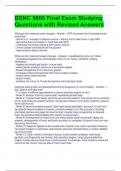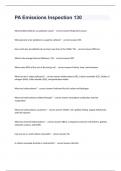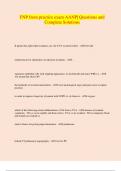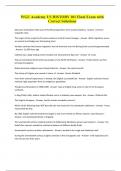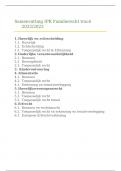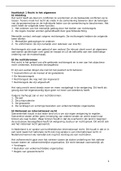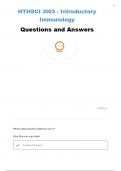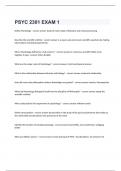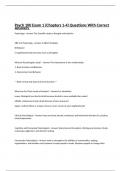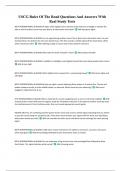Exam (elaborations)
BSNC 5000 Final Exam Studying Questions with Revised Answers
- Course
- Institution
BSNC 5000 Final Exam Studying Questions with Revised Answers What are the maternal renal changes - Answer-- GFR increases from increased renal blood flow - almost a 1L increase in plasma volume = kidney has to filter more = high GFR - glycosuria due to increase in renal flow and GFR > p...
[Show more]
